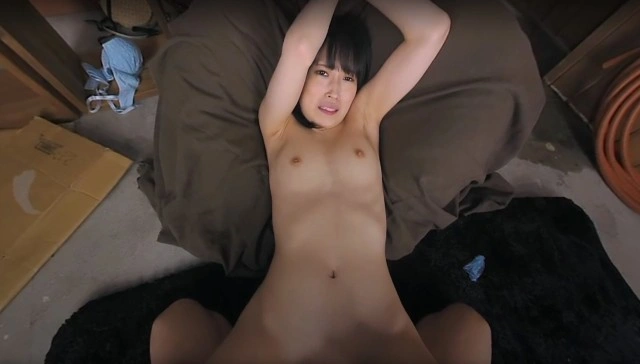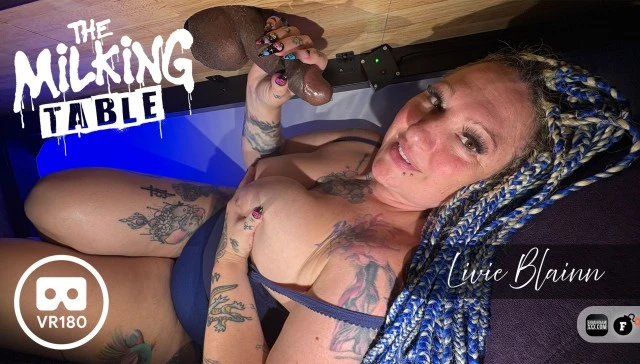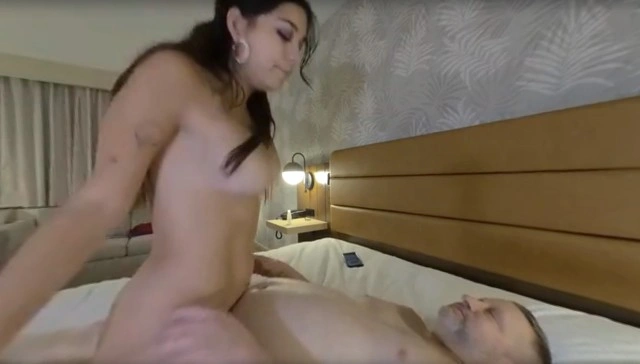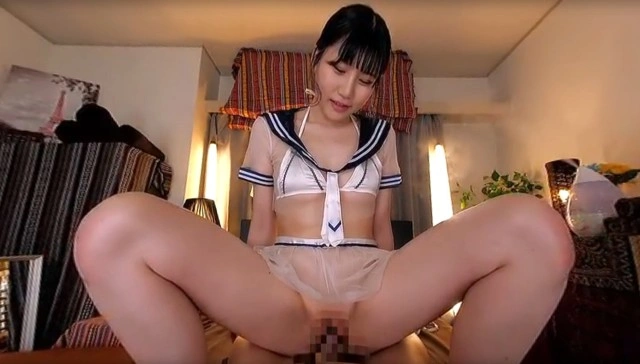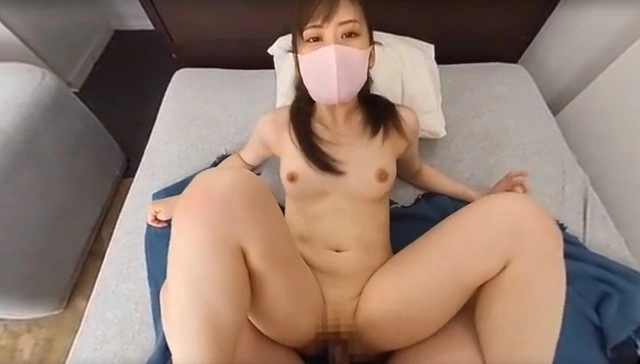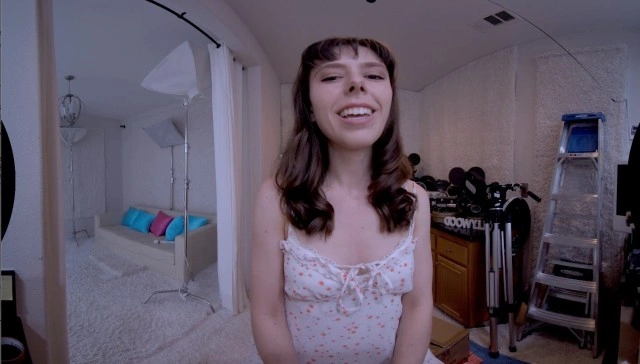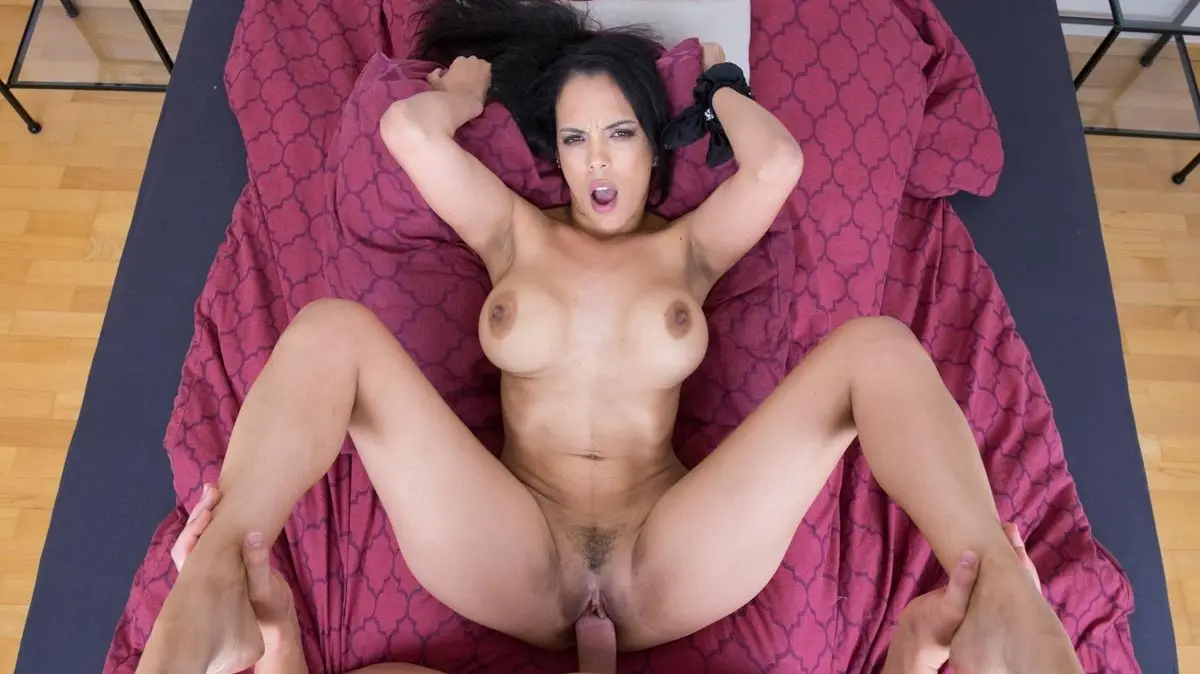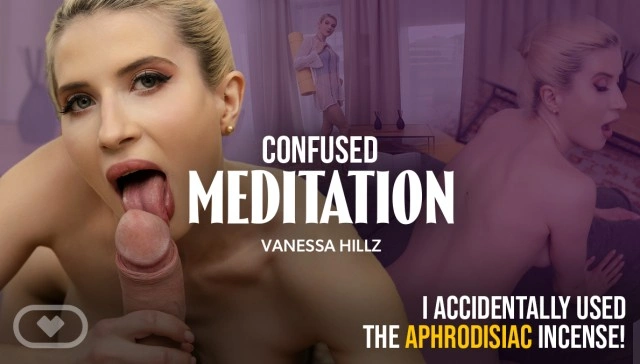Description: Reflexology is a system of manipulating the pressure points called reflex points that are located throughout the body in order to impact the functioning of related organs and systems, including the nervous, circulatory, lymphatic, endocrine, and homeostatic systems. Reflexology can be done at home or professionally by a certified practitioner. In this article, we'll explore the history and benefits of reflexology, as well as how you can incorporate it into your daily routine. Let's start by learning what reflexology is! Reflexology is essentially the study of reflexes, which are those sensitive spots on our skin that react to stimulation with a 'reflex' action (hence the name). These reflexes occur when you touch, press, or twist a certain area. The body responds to these stimuli in predictable ways, such as contracting muscles, causing a tingling sensation, or even producing tears. In reflexology, these reactions are used to diagnose systemic issues and promote health. Reflexologists believe that by stimulating the nerve endings in the feet, hands, and ears, you can affect every organ and gland in the body. The principle of reflexology is that there are specific zones of the human body that correspond to parts of the body's organs, systems, or functions. For example, the area on the left side of the foot corresponds with the right side of the body, and the top of the foot corresponds with the brain and head. By stimulating these areas, a reflexologist can help promote circulation, ease muscle cramping, increase energy levels, improve digestion, regulate blood sugar levels, and more. There are many systems of reflexology in existence today, some based on Chinese medicine, others rooted in the Western tradition of foot massage, but the most widely accepted is the Japanese system known as 'Tai Yang Reflexology' developed by Dr. Hamuroh in the 1970s. The theory behind this system is that there are 44 reflex zones on the feet and hands corresponding to various organs. These zones are called 'reflex points,' or simply 'reflexes.' These areas correspond with different systems, glands, organs, and even diseases of the body. For example, the area between the toe bones in the right foot corresponds to the thyroid gland, while the area just above the ankle bone on the left foot is related to the bladder. Reflexologists believe that by stimulating these zones, a person can regain balance and health. Reflexology also has a soothing effect on the mind, reducing stress and anxiety levels. There are many ways to incorporate reflexology into your daily routine, from simple self-massage to more complex techniques performed by a certified practitioner. The most common way to practice is through the use of a 'reflexology foot chart' to locate the reflex zones. These charts detail where each zone corresponds with specific organs and systems of the body. There are many different types of reflexology charts available on the market, ranging from simple illustrations to intricate maps that show every possible zone for detailed use. Another popular method is to have a certified reflexologist apply pressure to these areas using their hands. The most common tool used in reflexology sessions is known as 'the reflexology ball,' a spherical object covered with numerous textured surfaces that can be applied to specific zones. Reflexologists also use 'reflexology rods' and 'stickReflexology Stick (sometimes called a 'baby bamboo stick'), which are thin rods used for pinpoint pressure on the reflex zones. Some practitioners even use feathers or cotton swabs as part of their routine. There is also a growing trend towards using electric reflexology equipment, which can be applied to larger areas and provide consistent pressure with less physical strain on the reflexologist. If you're new to reflexology, it's important to start slowly and learn gradually. Begin by massaging your feet with your hands or with an inexpensive foot spa machine. You might find that simply washing and moisturizing your feet can be quite refreshing. As you become more experienced, you might want to try using a reflexology chart to locate the zones on your own body and practice stimulating them. You can also use tools like the reflexology ball or stick to apply pressure to specific areas. Remember, reflexology is about creating balance and healing within the body. It's not instantaneous magic, but with consistent practice, you should notice improvements in circulation, energy levels, digestion, and more. In addition to using reflexology as a daily self-care routine, it can also be an excellent way to bond with your partner or spouse. After a long day of work, you might want to set aside some time for each other and practice foot massage techniques on one another's feet. The intimacy and relaxation effects of reflexology make it the perfect way to spend time together at night.
Starring: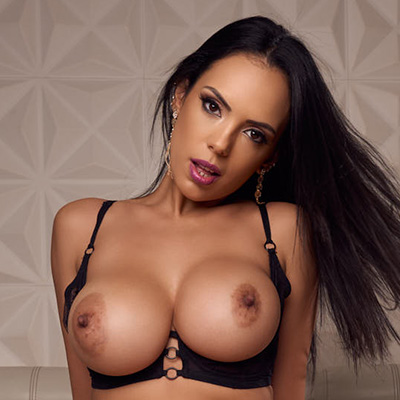 Katrina Moreno
Katrina Moreno
 Katrina Moreno
Katrina MorenoStudio: VirtualRealPorn
VirtualRealPorn
 VirtualRealPorn
VirtualRealPornTags:BlowjobBrunetteBinaural SoundCowgirl3DHDCumshots60 FPS180°Reverse CowgirlMissionaryHandjobTease4KpremiumShaved Pussy8KPOVBig TitsMassageNudeVR SexSittingLatinaDoggystyle
Category:VR Porn Videos
Release date:


